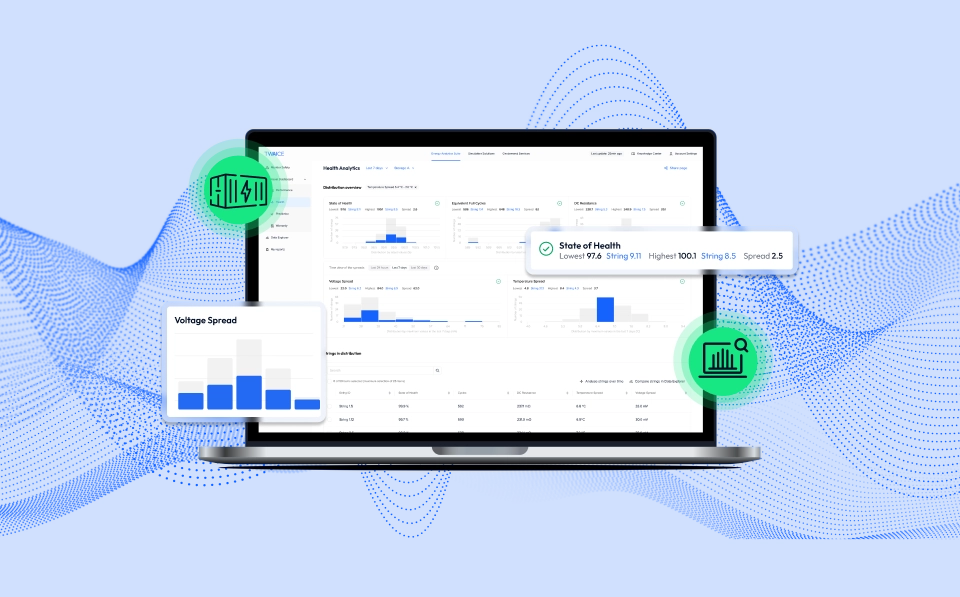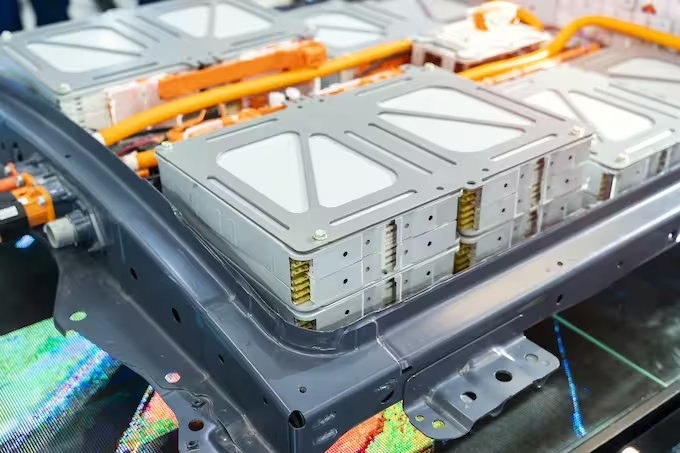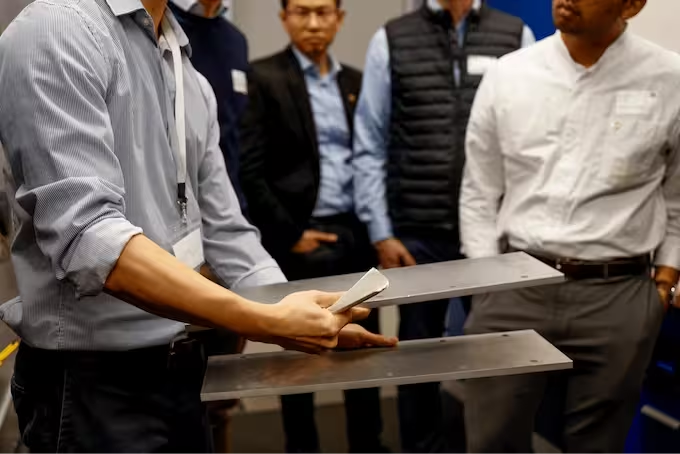In this publication we extend a state-of-the-art electrode open circuit potential model for blend electrodes and inhomogeneous lithiation. We introduce a bi-level optimization algorithm to estimate the open parameters of the electrode model using measurements conducted on the full-cell level with state-of-the-art testing equipment.

Non-destructive electrode potential and open-circuit voltage aging estimation for lithium-ion batteries
Non-destructive electrode potential and open-circuit voltage aging estimation for lithium-ion batteries
Authors: Cedric Kirst, Alexander Karger, Jan Singer, Andreas Jossen
Highlights
- Physical motivated model for blend electrodes and inhomogeneous lithiation
- Non-destructive estimation of electrode potential curves
- Validation on commercial LFP-C, NMC-SiC and NCA-SiC Li-ion cells
- Novel non-destructive degradation mode analysis
- Achievement of model-based fitting voltage RMSE < 6 mV over lifetime
In this publication we extend a state-of-the-art electrode open circuit potential model for blend electrodes and inhomogeneous lithiation. We introduce a bi-level optimization algorithm to estimate the open parameters of the electrode model using measurements conducted on the full-cell level with state-of-the-art testing equipment.
As input for the optimization algorithm, we use data from a pseudo open-circuit voltage aging study to estimate the electrode potential curves, the electrode capacities, and the capacity of cyclable lithium over lifetime without opening the cell. We validate our method against measurements on commercial lithium-ion cells with the electrode materials LFP-C, NMC-SiC and NCA-SiC, and compare the estimated electrode pseudo open-circuit potential curves to measurements conducted on harvested half-cells.
We conclude that the presented non-destructive method of half-cell open-circuit potential modeling offers an alternative to complex cell disassembly and electrode material harvesting for degradation mode analysis.
Access the paper here.

See TWAICE Energy Storage Analytics in Action
Sign up for the next live group demo and learn how TWAICE can transform your BESS operations. In just 30 minutes, you’ll get a demo of key features and use cases, and engage with our product experts for a live Q&A.



.avif)

